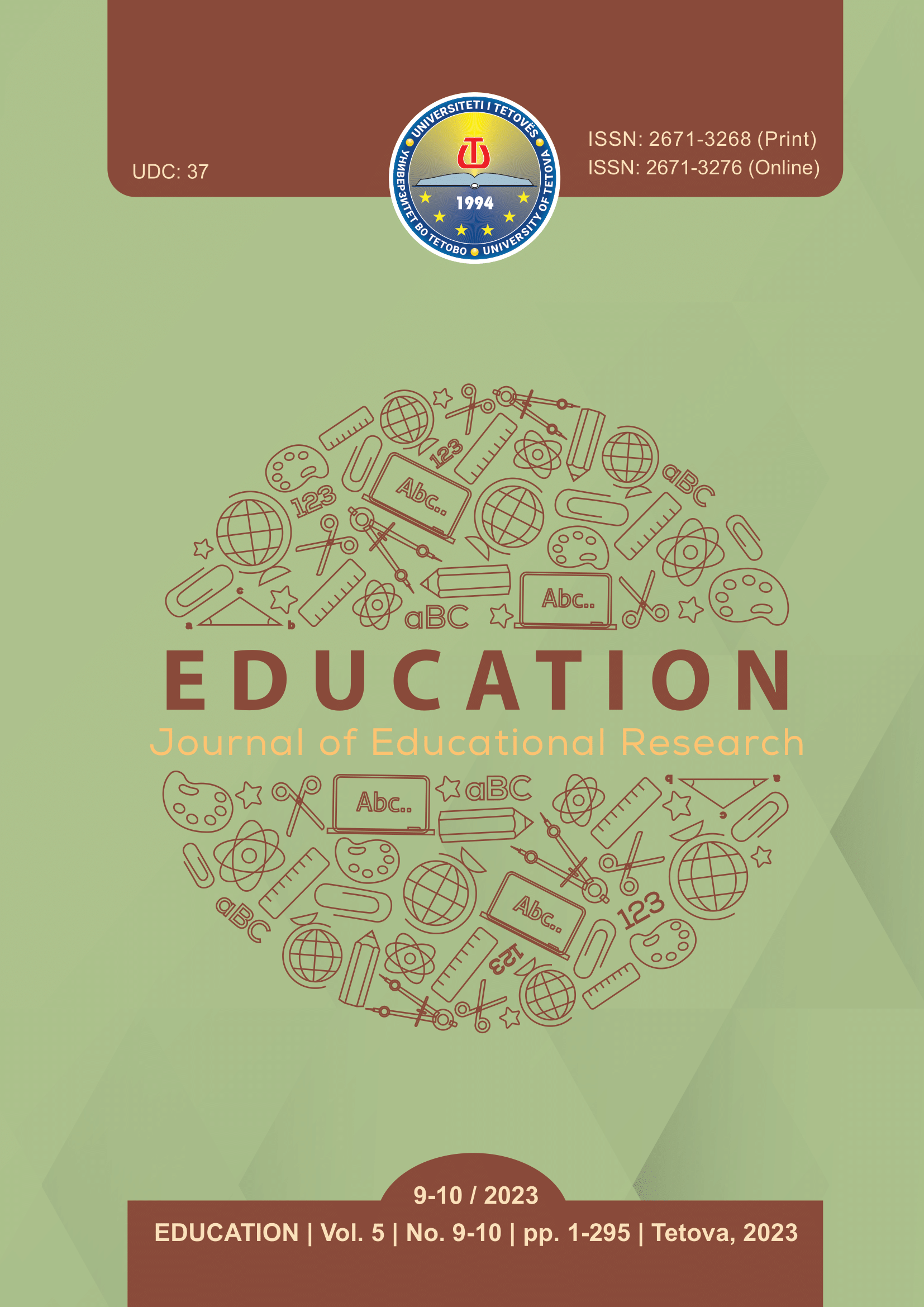THE EFFECT OF DOG THERAPY ON CHILDREN WITH DISABILITIES
THE EFFECT OF DOG THERAPY ON CHILDREN WITH DISABILITIES
Author(s): Valmira ARIFI RRAMANISubject(s): Education
Published by: University of Tetova
Keywords: dog therapy; disability; motor skills; speech; socialization
Summary/Abstract: Dog therapy is the use of specially trained dogs to achieve general well-being or treatment in different categories of people. Similar to other animals used for therapeutic purposes, dogs are accepting, offer comfort, do not condemn, and serve as great companions during treatment and therapy. This research project is a qualitative study aimed at investigating the impact of dog-assisted therapy on students with disabilities. The implementation of the research took place within three months and focused in children with special needs, especially among children with speech impairments, motor disabilities, and socialization challenges between the ages of 7 and 8. The study was conducted by a special educator in collaboration with an experienced trainer at the Dog Center Avav Happy Dog in Skopje. The study sample comprised both a control and an experimental group, each consisting of three students with disabilities. The experimental group was subjected to therapy by applying a dog, while the control with a classic special education and rehabilitation treatment. Before the start of the treatment, a control assessment was made of the motor, and speech-language abilities and the way of behavior during the daily activities of the children, the same assessments were carried out halfway through the treatment (after 1.5 months) and at the end of the treatment. For each treatment group, treatment objectives were defined, depending on the results of the children's assessments, the groups were equalized according to the abilities of the respondents. Three dogs were used in the experimental group during treatment. The entire study process was monitored using audio and video recordings and photographs of the children. Throughout and at the conclusion of this study the inclusion of a dog while carrying out special education exercises with children had a positive impact and gave better results in the treatment of children with developmental disabilities. That is, the presence of a dog, interaction, and talking with it gave children the will and desire to use speech in everyday activities. Then, the inclusion of a dog in the rehabilitation process for children with motor problems did not bring changes in motor development, but the dog motivated the children to participate in the therapy (exercises). Through the application of a dog in social interaction activities, we found that the presence of a dog enables a child-dog-peer social connection and that the children's interaction with each other is a positive aspect.
Journal: EDUCATION – Journal of Educational Research
- Issue Year: 5/2023
- Issue No: 9-10
- Page Range: 289 - 295
- Page Count: 7
- Language: English

